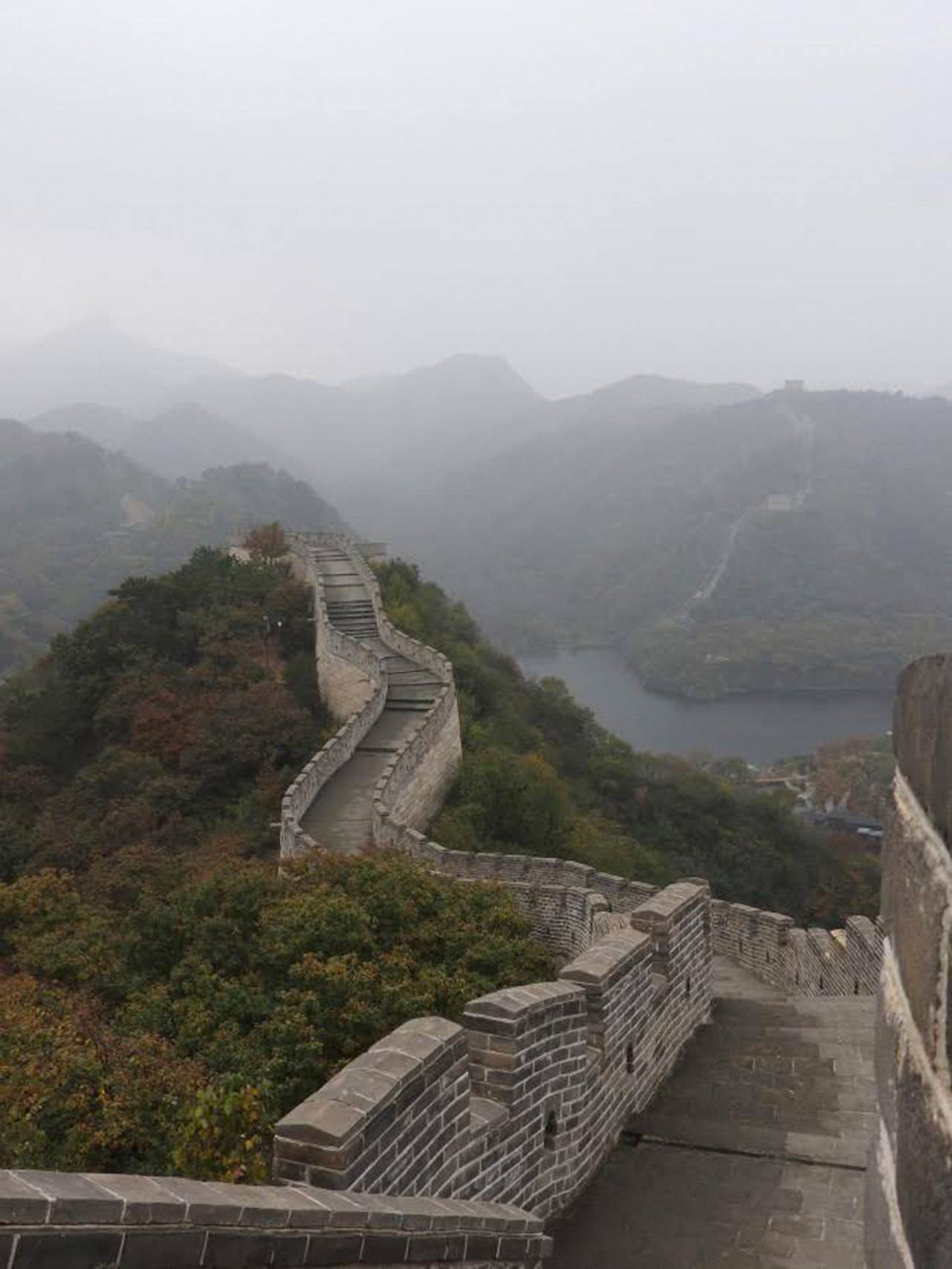By Kimberly Mayer
Special to The Journal
A long time ago in a land far away, there once was an emperor who wanted a wall. It was a defensive scheme; the longest defensive barrier ever built to keep out invaders. The wall began in the Qin Dynasty, and was later rebuilt in the Ming Dynasty, the Great Wall of China covered much of the northern border of the country.
We all know how well that worked out. For over 2,000 years the nomadic Mongol tribe of the north regularly invaded and conquered the Chinese Empire.
Extending through all types of terrain including mountainous regions, the Great Wall itself took its toll on the Chinese. Thousands of workers died in the construction, and many are thought to be buried under the very wall they were assembling.
And what of the wildlife? On that continent there were wild boars, oryx gazelles, Chinese monal pheasants, red foxes, Siberian Roe Deers, Hog badgers, and African Hoopoes in forests. Whatever became of the wildlife when the wall went up?
As in China, the U.S.-Mexican border runs through a delicate ecosystem. Traversing mountains, rivers, desert and scrub brush, various species have been crossing it for billions of years. On this continent there are mountain lions, bobcats, cougars, desert bighorn sheep, the endangered N.A. jaguar and ocelot, roadrunners, low flying birds such as the pygmy owl, and regular migrations of Monarch butterflies.
“Border infrastructure not only blocks the movement of wildlife, but… destroys the habitats, fragments the habitats and the connectivity that these animals use to move from one place to another,” notes Sergio Avila-Villegas, conservation scientist Arizona-Sonorana Sonora Desert Museum, in Tucson.
As it is, with approximately 40 percent of the U.S.-Mexico border presently fenced, desertification, erosion, pollution, groundwater depletion and distressed animals are already evident. Construction of a wall would further disturb watersheds and waterways, resulting in possible flooding.
“For some species, the desert bighorn sheep, for example, you have decent populations on both sides of the border. But they depend on these movements for maintaining genetic diversity, for recolonizing habitat where they’ve suffered long extinctions,” states Dr. Clinton Epps, a biologist at Oregon State University.
According to the World Wildlife Fund, world wildlife biodiversity is diminishing at an alarming rate. A complete divide along the U.S.-Mexican border would isolate subpopulations of many animal species, hampering gene flow. Plants too are dependent on wind to spread their seeds. A wall would disrupt pollination and have effects on the ecosystem as a whole.
You have to remember, nature doesn’t know borders. A wall, any wall — one for defense, another to control immigration, can easily create more disorder than order.
In the words of Michael Crowther, CEO Indianapolis Zoological Society, we “… must recognize that we are a part of this world, and trying to become apart from the rest of it is not a viable solution in the long term. We must create a new focus on what our countries share in common – our biodiversity, our ecosystems and our planet – rather than what makes us different. Then, and only then, can we begin to have a meaningful dialogue around flexible solutions that benefit humans, ecosystems and wildlife on both sides of the border.”
Mayer is a San Juan Island resident.




